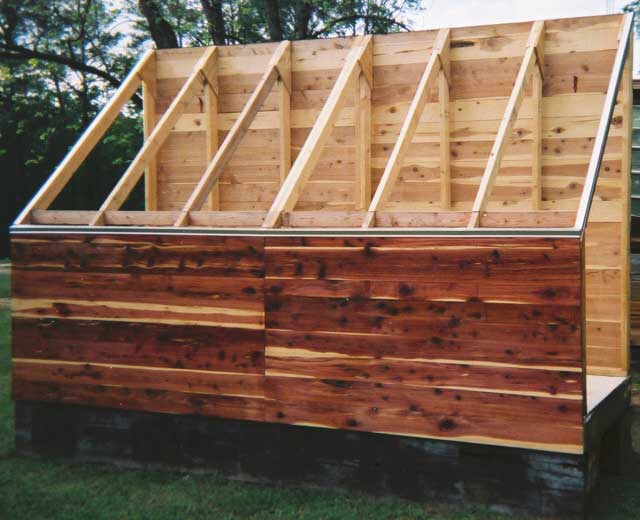Sawing on Shares
When is it worth it to saw logs for a share of the boards? May 14, 2006
Question
I notice a lot of discussion on what the rates should be by board foot for milling, but is there a consensus on milling on shares? 50/50, or something similar?
Forum Responses
(Sawing and Drying Forum)
From contributor A:
Milling on shares is common. Many times the log owner does not want to see his logs go to waste, but may not need all of the lumber that they will produce. Milling on shares allows the owner to get milled lumber without shelling out any cash so it is favorable for the folks who are overly concerned on costs. The only issue I have is matching the worth of my time, equipment and skills to that of my share of the product. You have to look at the quality and species of the wood that you are milling. Is the owner working along side or providing support personnel? Just add it all up and make it fair to yourself when setting the percentages. When cutting big logs that produce quality lumber with the owner tailing for you, make two piles and you take every other board. If they are not so desirable logs, but there is way too much for the owner to use and you have extra work to get it all done - two for you one for him. It should be easy to figure what is fair for both parties - just don't sell yourself short!
From contributor B:
When I cut on shares I like to go 60/40 at least. Selling green lumber or drying lumber to sell takes time. I figure I have all the cost up front and should get something for my expense. If the lumber is top quality I might go 50/50. This is all assuming the log owner helps. Some times lumber sells rapidly and other you have to sit on it for quite a while. Cutting on shares also requires handling it at least one extra time. And the cost to haul it back to my barn.
From contributor C:
It also depends on whether you have a market, use, or a need for the lumber. Unless you can sell the lumber for a decent profit, which is hard to do with green lumber, you won't even be recouping your operating costs for sawing for the customer. That said, I still do it for the right wood, or the right person.
From contributor D:
The key is either you can use the wood more than the coin or can sell the wood for coin. There are lots of times when I am asked to saw on shares and there is only 400 feet of log. Even if it is walnut or cherry I can not make any money going and sawing it up for 200 board ft of lumber and part of it being low grade. It will, however, get you more exposure when first starting out, and more times than not lead to larger and better paying jobs if you can afford to take it. When sawing on shares it is one board here and one board there. If we are sawing 50/50 I have them pick their pile. If the split is 60/40 then I make 5 piles of 20 and they pick the two they want. That way I cannot be bad-mouthed for taking all the good wood. Many times when they look at the piles of fine wood they decide it is dumb to not pay the $200 and keep it all, and end up paying the sawing bill.
